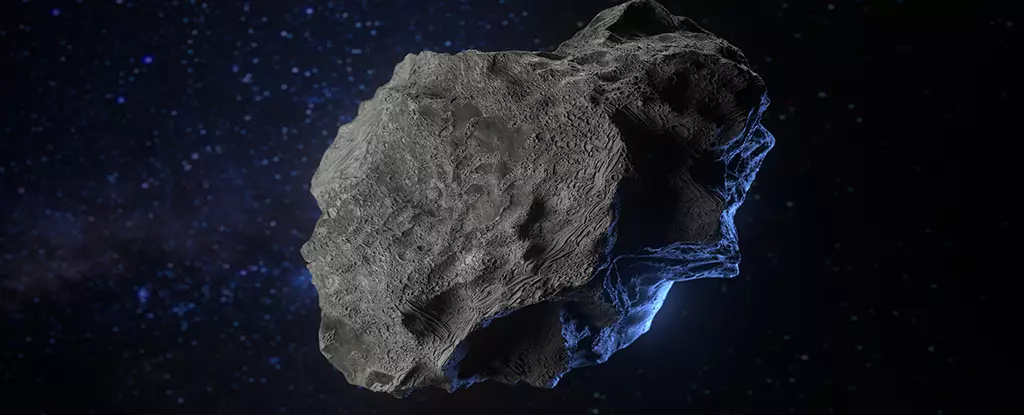NASA’s Jet Propulsion Laboratory has recently detected a colossal “city killer” asteroid hurtling towards our planet. Today, the asteroid will achieve its closest proximity to Earth, approximately 1.77 million miles away. In perspective, this distance is 7.4 times greater than the gap between Earth and the Moon, which is measured at around 239,000 miles. Esteemed scientists at NASA estimate that the colossal space rock will be traveling at a staggering speed of 41,000 mph. Its substantial size, spanning approximately 890 feet, is akin to the dimensions of a typical US football stadium, further justifying its grim nickname. A celestial body of this magnitude poses the potential to wipe out an entire city if it were to collide with an inhabited region on Earth. Despite the imminent threat, due to its size and distance, it will be indiscernible to the naked eye, necessitating the use of a telescope for observation. Gianluca Masi, an astrophysicist and the scientific director of the Virtual Telescope Project, emphasized that the asteroid will be roughly 10,000 times fainter than the faintest stars that are visible without a telescope.
Fortunately, diligent astrophysicists such as Gianluca Masi and his team will be recording a live stream of this awe-inspiring event starting at 1 pm ET today. The live stream will be readily accessible on YouTube or through the designated video link. By observing the live stream, viewers will be able to distinguish the asteroid as a tiny dot gliding amidst the distant stars in the background. The live stream is expected to last for approximately 45 minutes. Masi shared that the Virtual Telescope Project has captured similar flybys in the past, admitting that each occurrence has always been an enthralling spectacle.
Unveiling the Orbital Journey
Dubbed Asteroid 2008 OS7, this formidable space rock boasts an orbital period around the Sun lasting 962 days. Following its close approach to Earth, it will continue its elliptical trajectory within our Solar System. The elongated shape of its orbit amplifies the ever-changing distance between Earth and the asteroid during each approach. Space Reference, a well-regarded website dedicated to astronomical information, estimates that during the next encounter in July 2037, the asteroid will be roughly 9.7 million miles away from Earth.
Asteroid 2008 OS7 has garnered the classification of a “potentially hazardous” asteroid by NASA due to its colossal size and its close brush with our planet. NASA defines potentially hazardous asteroids as those that span at least 460 feet in diameter and orbit within a distance of approximately 4.65 million miles from Earth. Disturbingly, scientists have identified more than 34,000 near-Earth objects, with just over 2,300 being categorized as potentially hazardous. However, NASA strongly believes that numerous undiscovered asteroids of this nature exist, prompting the organization to embark on the Near-Earth Object Surveyor mission. Slated for launch in September 2027, this mission will deploy an infrared space telescope into Earth’s orbit, significantly expanding NASA’s capacity to identify near-Earth objects that could potentially jeopardize our planet.
The colossal “city killer” asteroid approaching Earth today serves as a solemn reminder of the potential celestial threats that lurk within our cosmic neighborhood. While undetectable to the unaided eye, astronomers like Gianluca Masi and his team at the Virtual Telescope Project offer an invaluable opportunity to witness this celestial spectacle through their live stream. Moreover, NASA’s commitment to expanding our knowledge of near-Earth objects through missions like the Near-Earth Object Surveyor highlights the necessity of continued vigilance and preparation to safeguard our planet from the unpredictable nature of the cosmos.


Leave a Reply